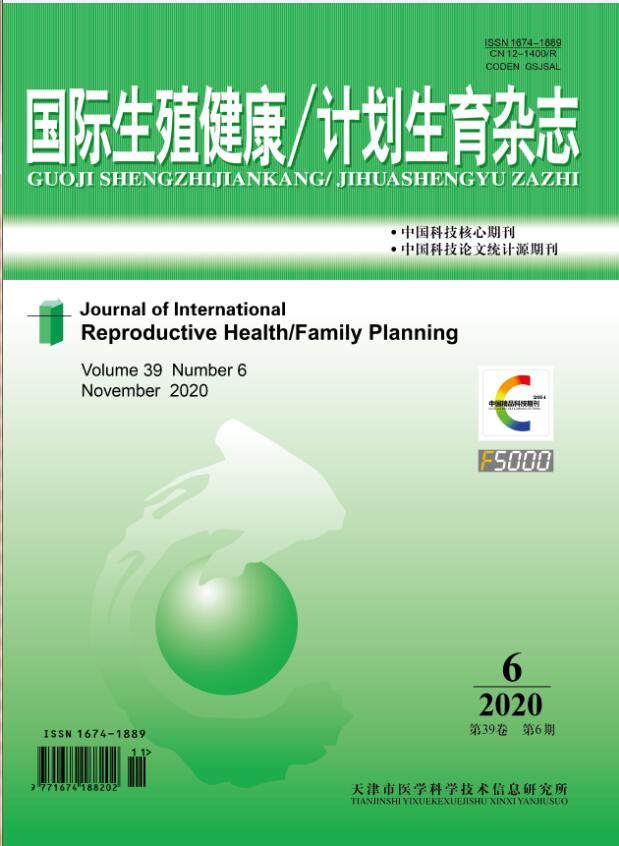|
|
Application of Quantitative Fluorescent-PCR and CNV-Seq in Prenatal Diagnosis
LI Qin, WEI Zhao-lian, QIAO Jin-ping, CHEN Wei, FANG Hui-qin, YUAN Jing
2020, 39 (6):
450-455.
Objective: To analyze retrospectively the application of quantitative fluorescent PCR (QF-PCR) combined with genome-wide copy number variation sequencing (CNV-Seq) technology in the rapid prenatal diagnosis of 270 cases of fetal common chromosome aneuploidy and the detection of genome-wide copy numbers>100 kb. Methods:A total of 270 pregnant women in the early pregnancy and the second trimester were included in this study. These women were previously showed the abnormalities of Down′s screening or the high-risk of maternal blood fetal free DNA testing (prenatal non-invasive screening). The amniotic fluid samples from these pregnant women were used for the short tandem repeated (STR) detection. After site comparison, the chromosomal aneuploidies including 13, 18, 21, X, Y chromosome were quickly diagnosed, and the copy number variation of the chromosomal whole-genome was detected by the combined high-throughput DNA sequencing (CNV-Seq technology). These results were then compared with the result of karyotype testing. Results:The QF-PCR test showed that there were 19 cases of aneuploid chromosomes, with a positive rate of 7.03% (19/270), which is related to five common fetal aneuploid chromosomes (13, 18, 21, X, Y chromosomes) including 12 cases of trisomy 21, 3 cases of trisomy 18,2 cases of XXY syndrome and 2 cases of XYY syndrome. The karyotype result of aneuploidy abnormalities was suggested to be consistent with the QF-PCR test, with the same rate of aneuploidies and the same accuracy. In addition, there were 11 cases of chromosomal polymorphism in the karyotype results. There were 43 cases of CNV-Seq abnormalities, with a positive rate of 15.9% (43/270), including 19 cases of chromosomal aneuploidy abnormalities and 24 cases of microdeletions and microduplications. In these microdeletions and microduplications, there were 9 cases of pathogenic CNV-Seq, 5 cases of unknown pathogenic CNV-Seq, and 10 cases of polymorphic CNV-Seq. The testing time of the QF-PCR combined with CNV-Seq technology was about 1-2 weeks, while this time of karyotype was generally about 5 weeks and there was a testing failure. Conclusions:The QF-PCR combined with CNV-Seq technology can be used as a detection method for rapid and accurate diagnosis of high-risk pregnant women in prenatal screening, in order to facilitate the implementation of secondary prevention and to reduce birth defects, and to improve eugenics.
Related Articles |
Metrics
|

